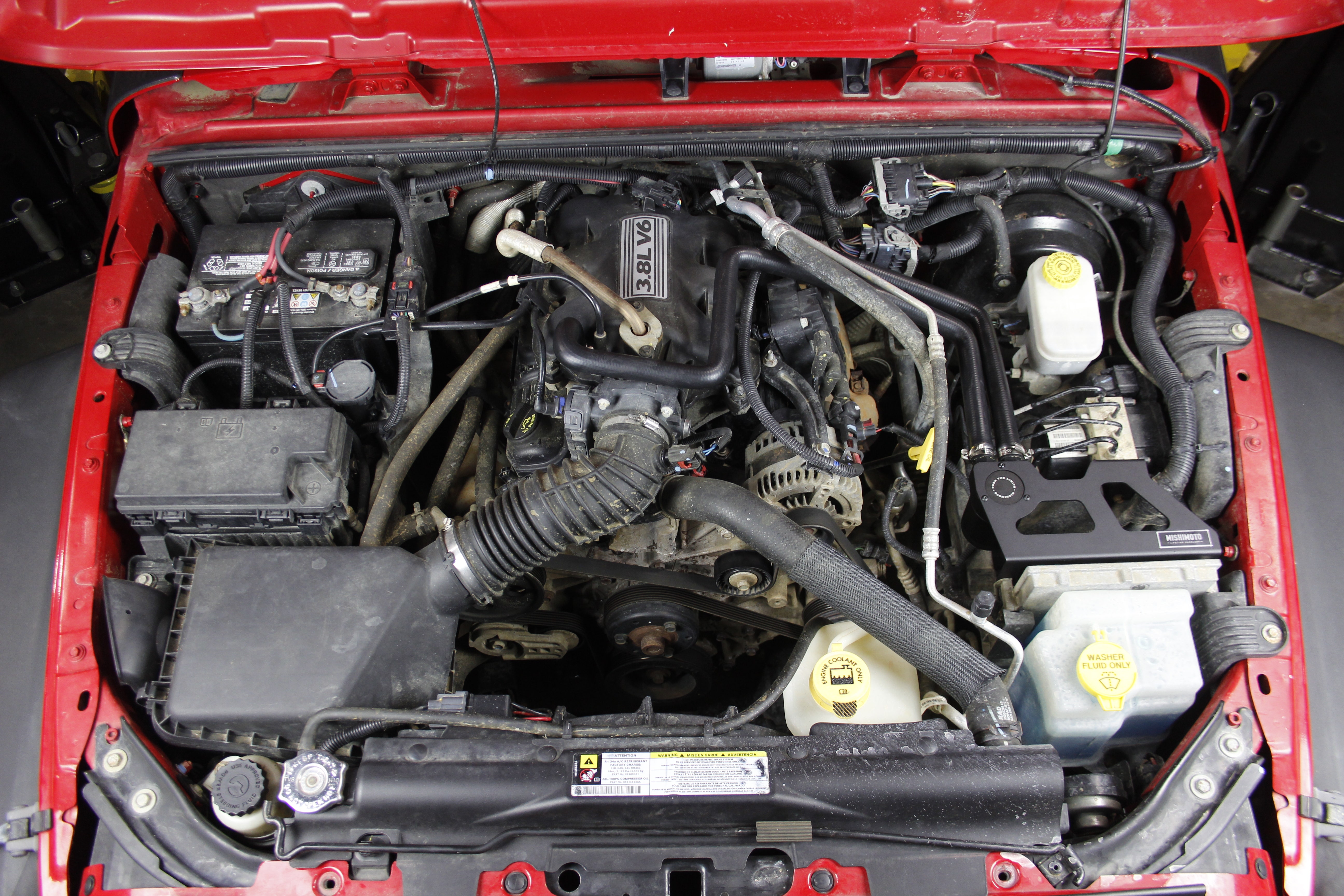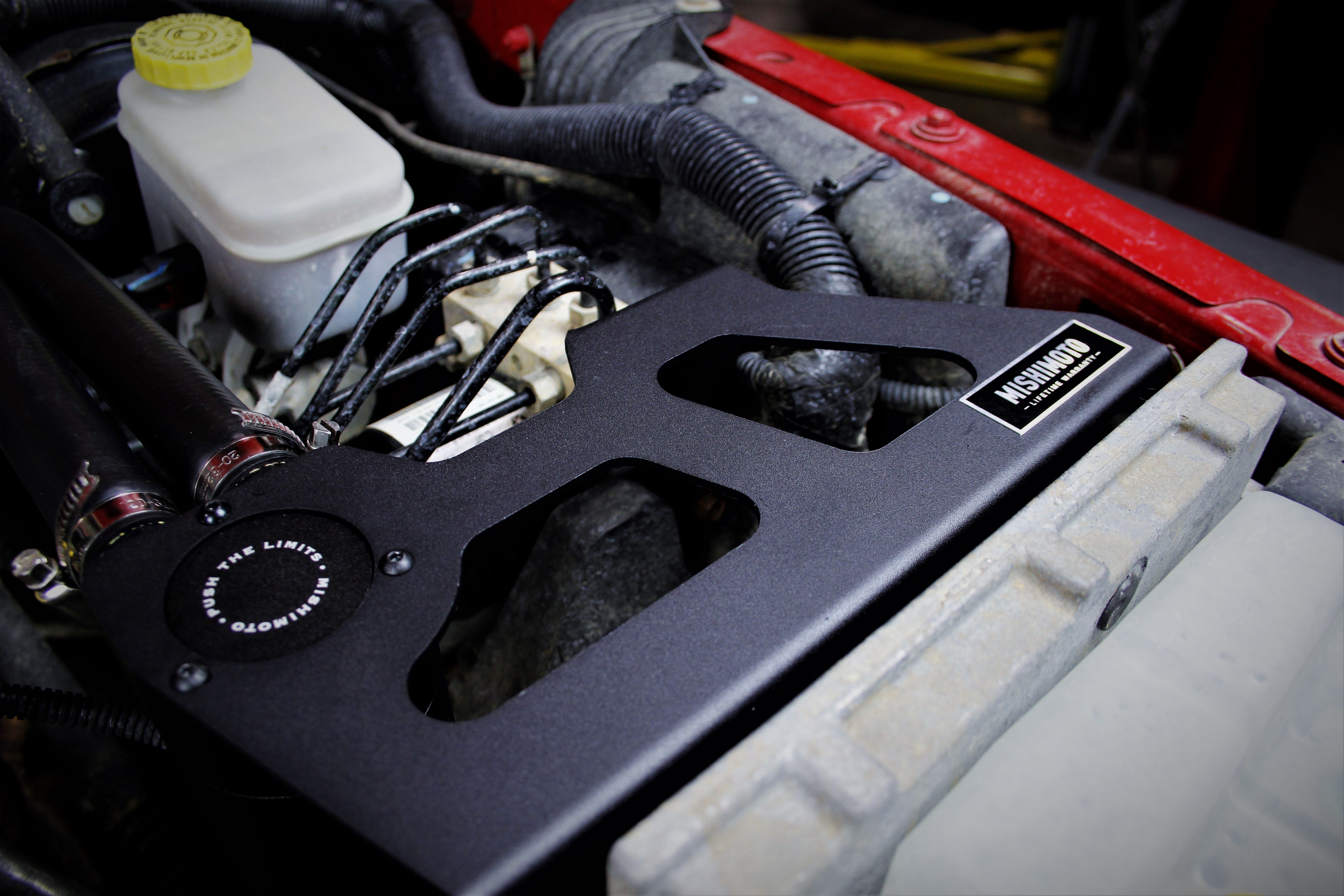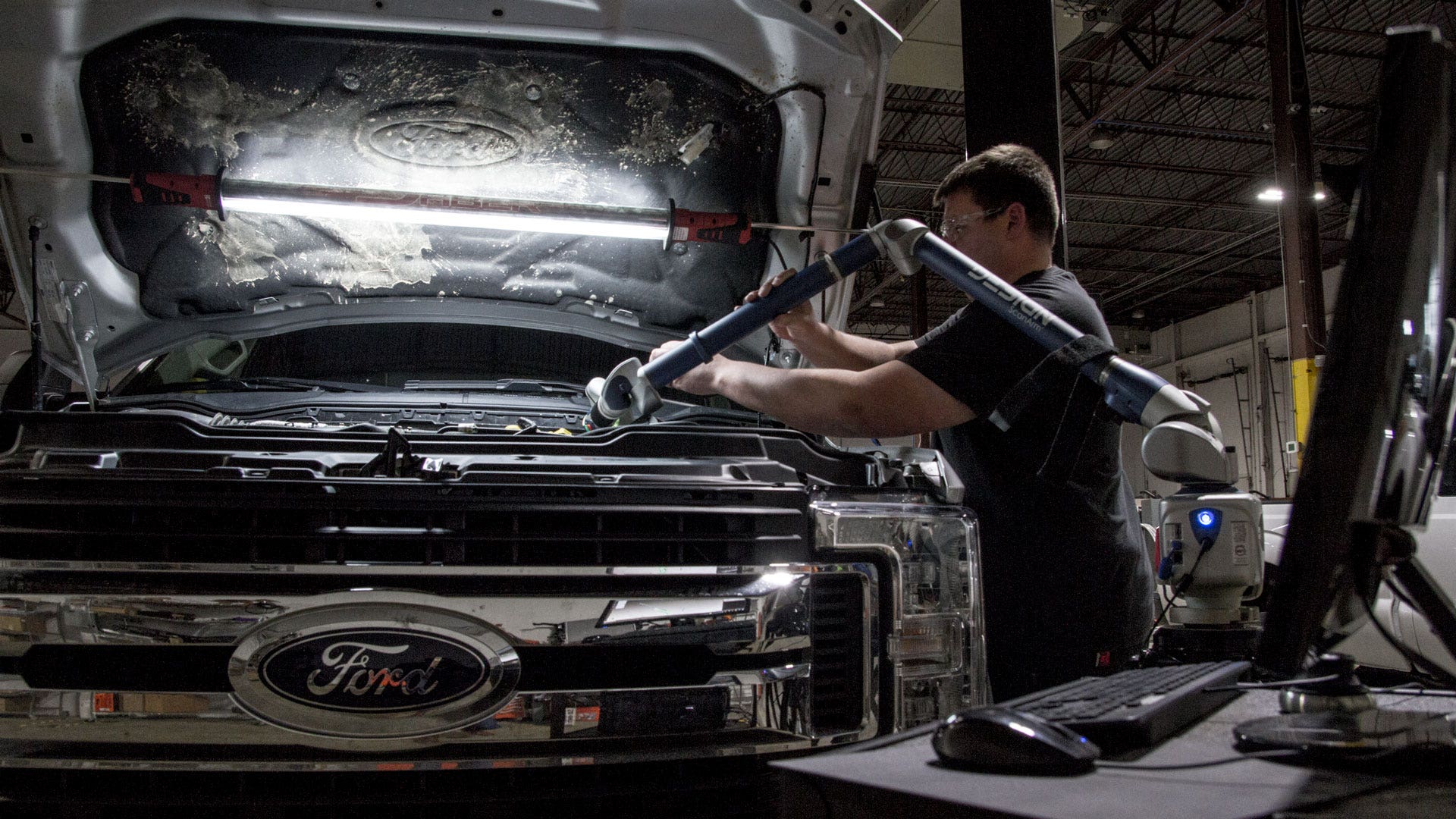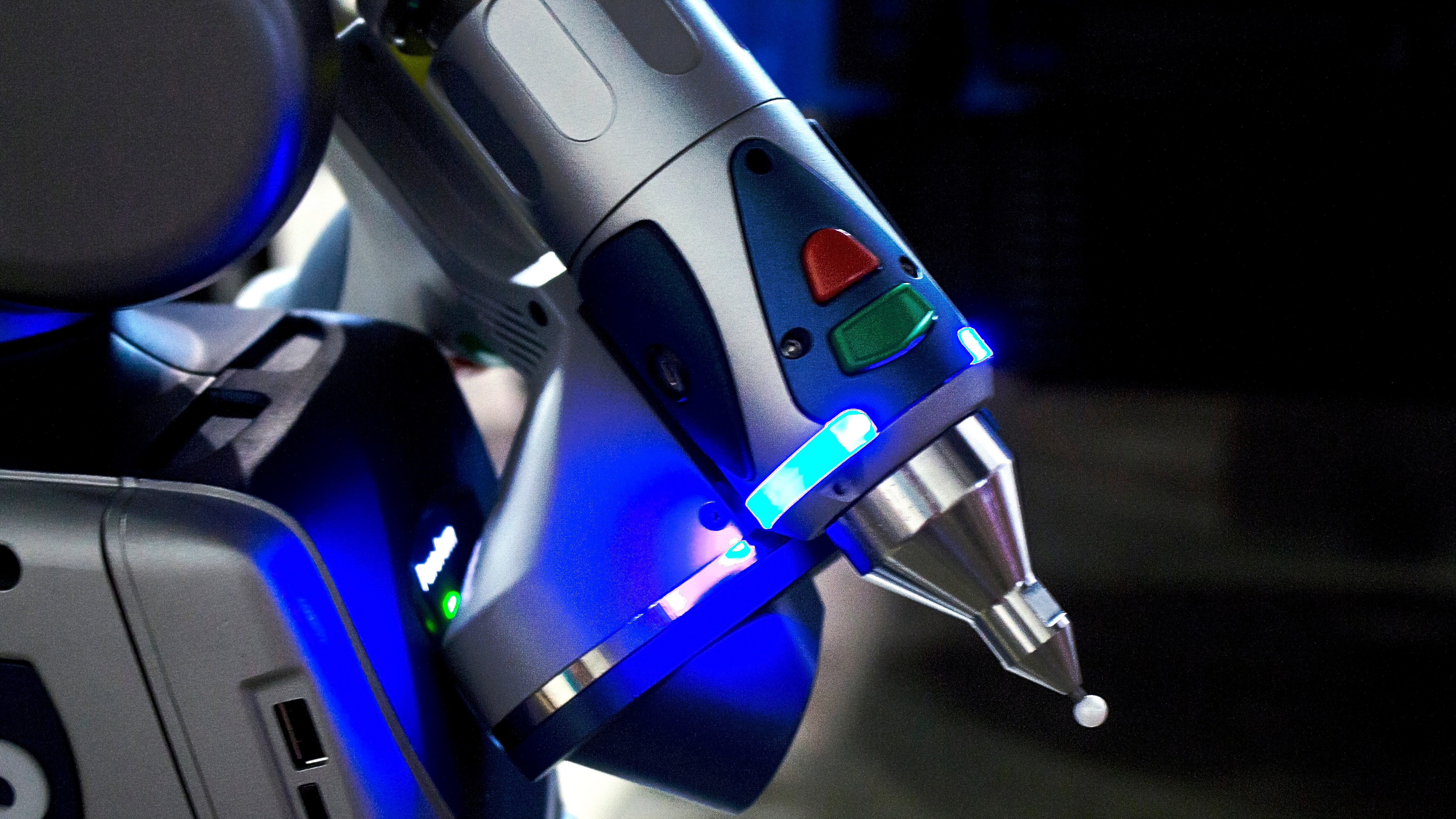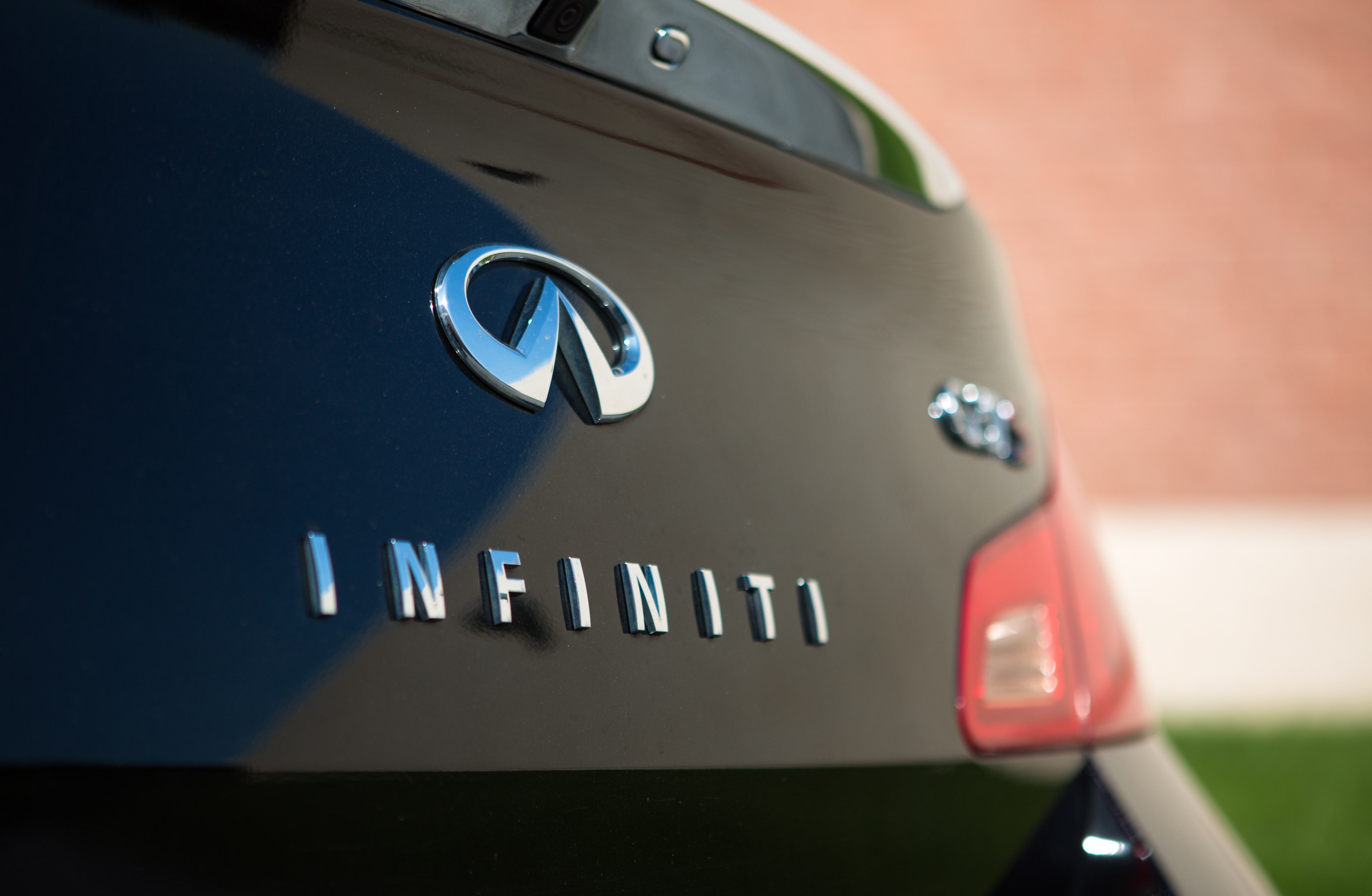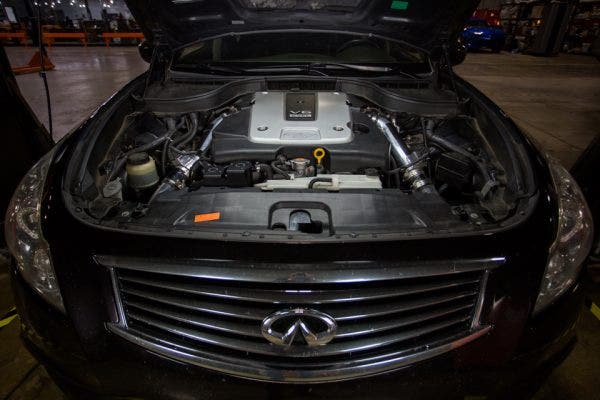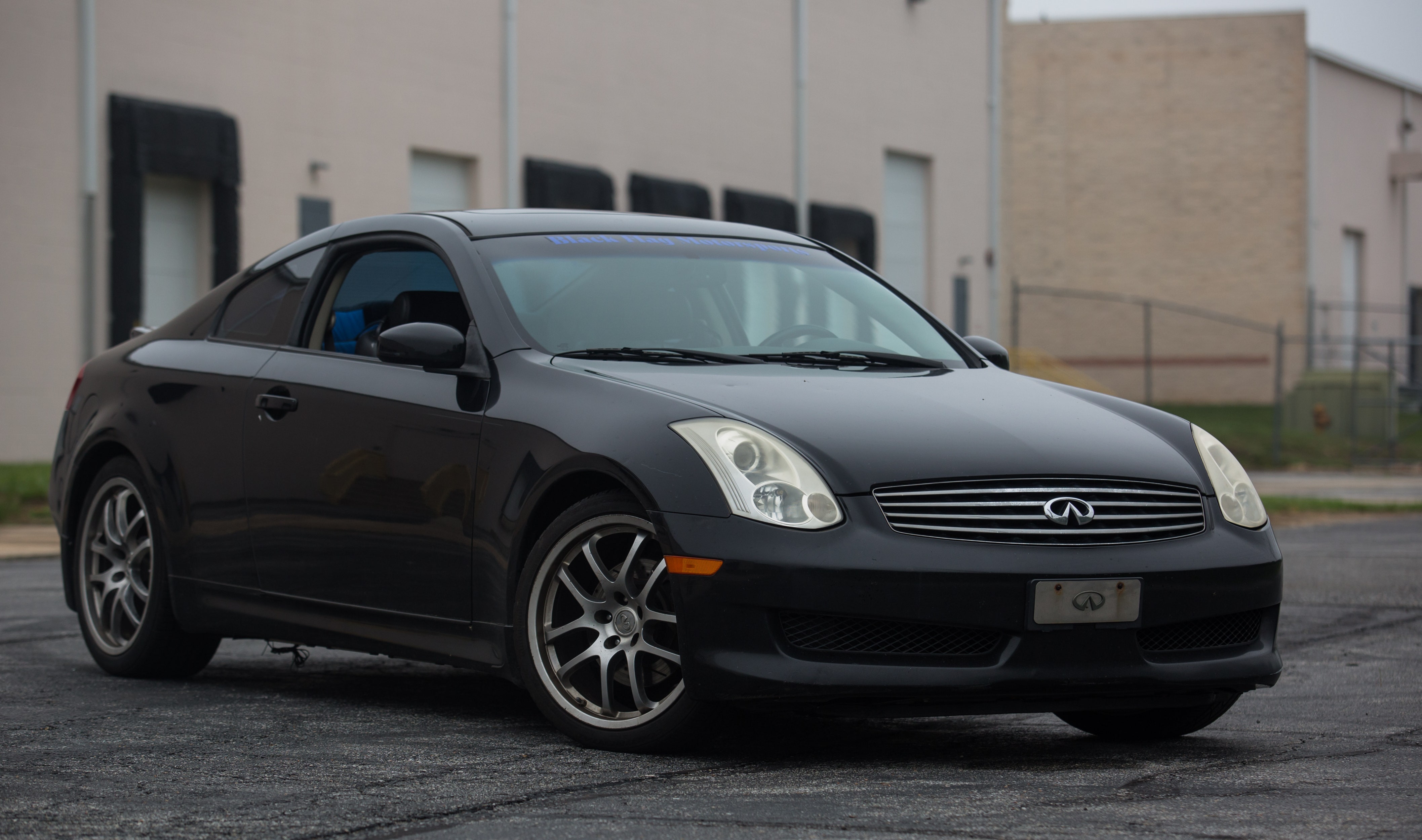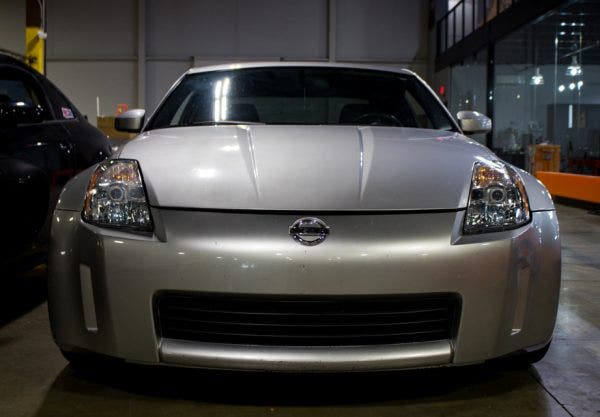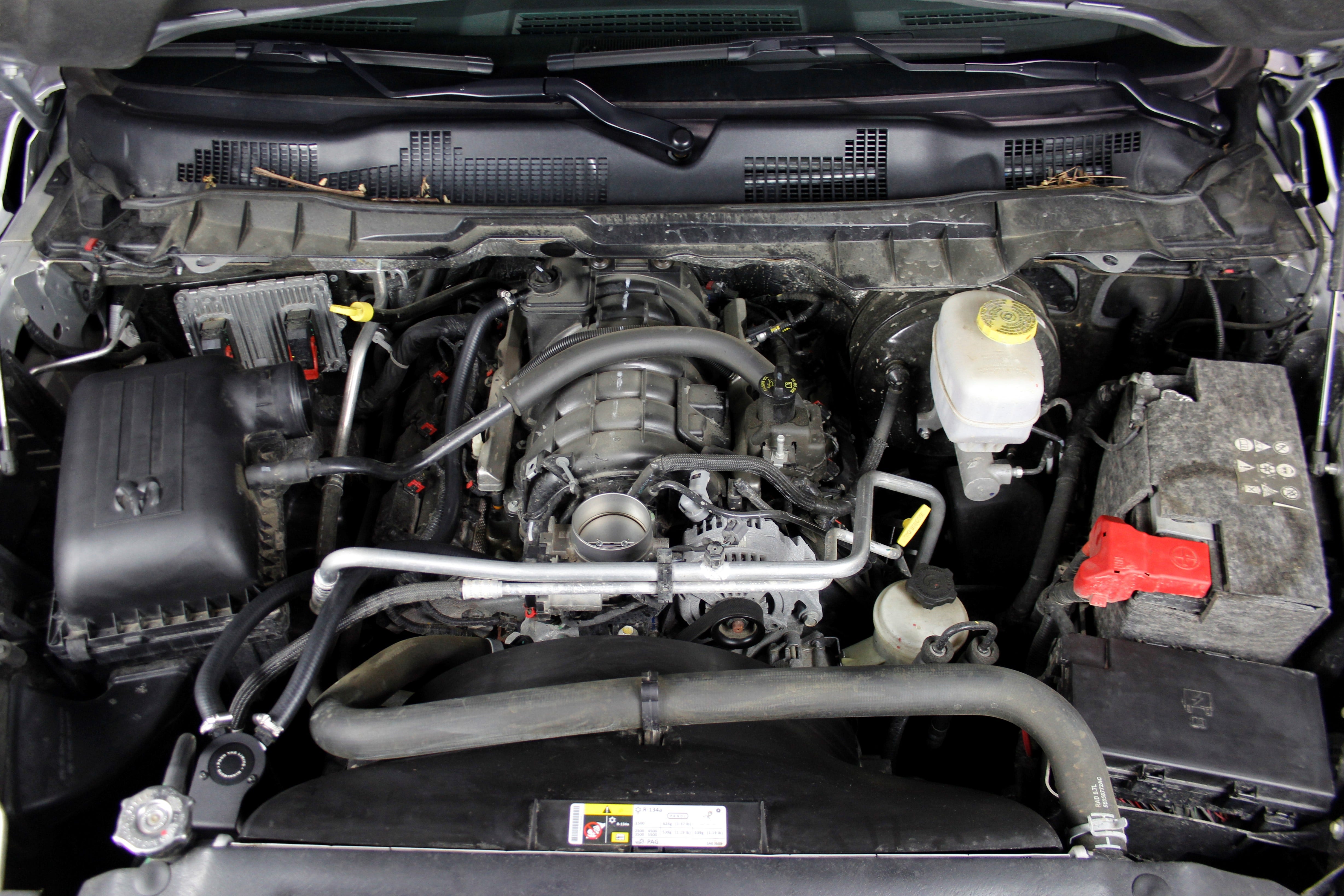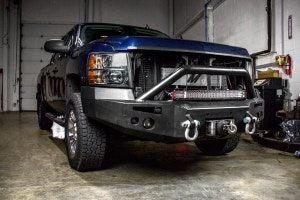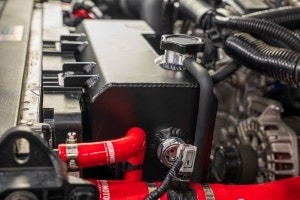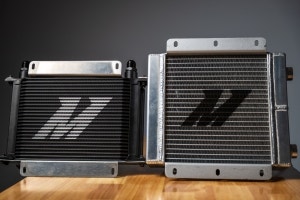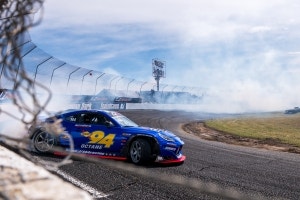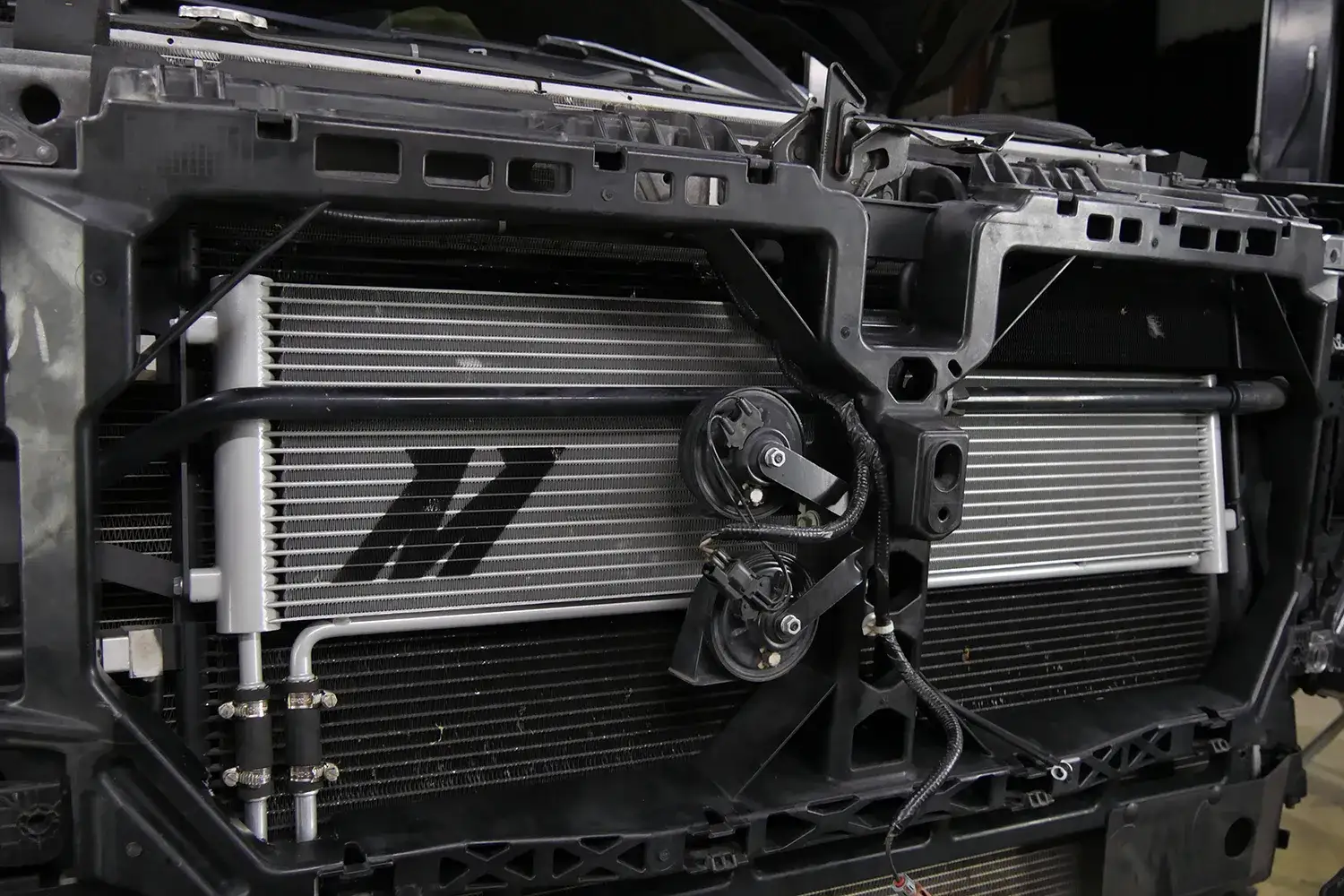Any outdoor sculpture facing the elements is going to eventually tarnish. Sure, there have been advancements in materials and coatings, but grime and dirt building up on that piece of art is an inevitable consequence of being outside. Eventually someone is going to have to come by with a power washer to clean things up.
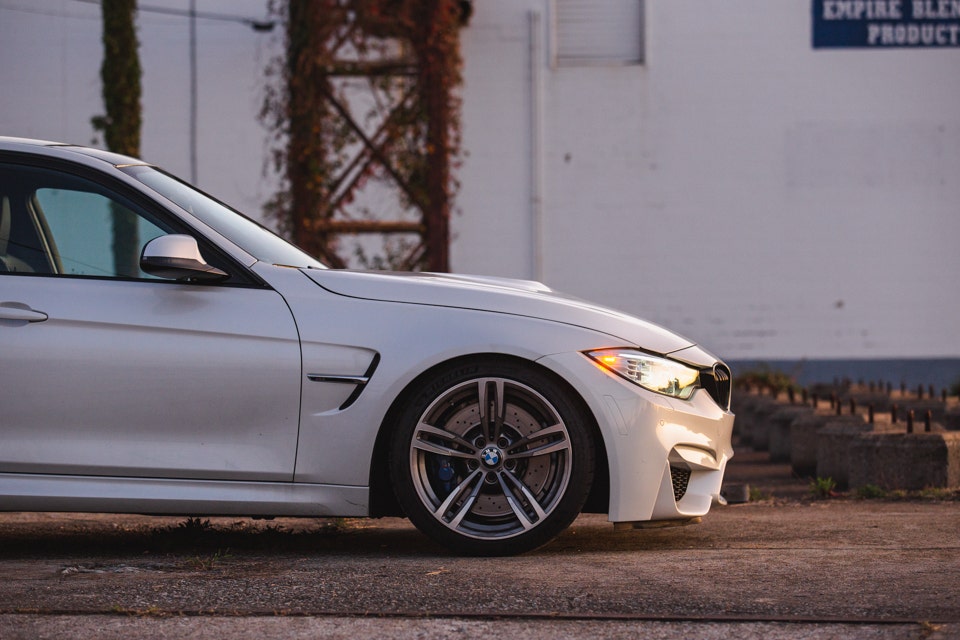
The situation is relatable under the hood of the F80 M3. The S55 is a work of art, but the unavoidable by-product of blow-by is constantly peppering the intake tract of the engine. Luckily, Mishimoto is already working on a solution to keep your M3 as the benchmark for luxury sport sedans.
To fully understand the blow-by situation in the F80, we have to first take a trip back to the early 2000s. The year is 2006, and BMW started equipping production vehicles

